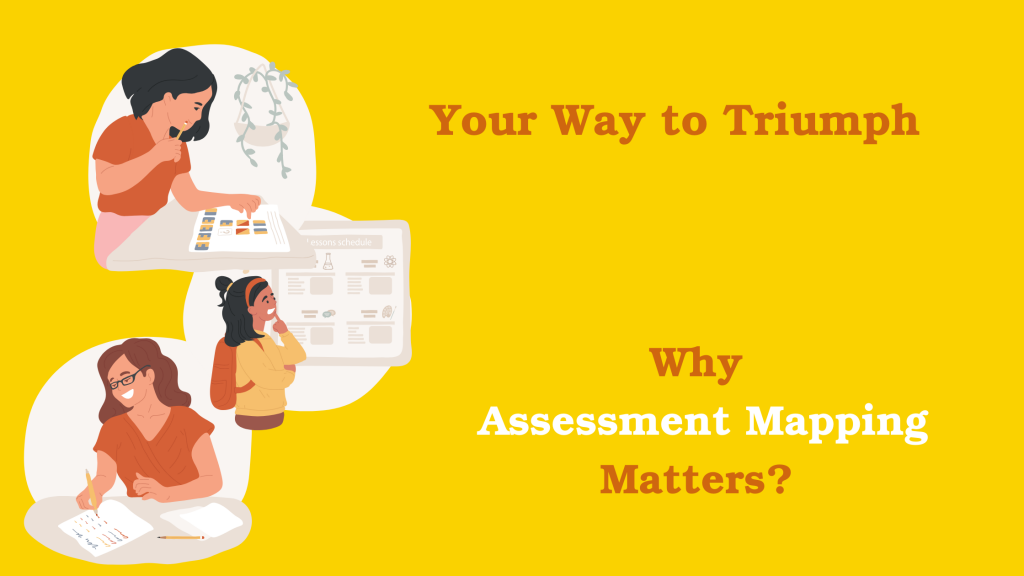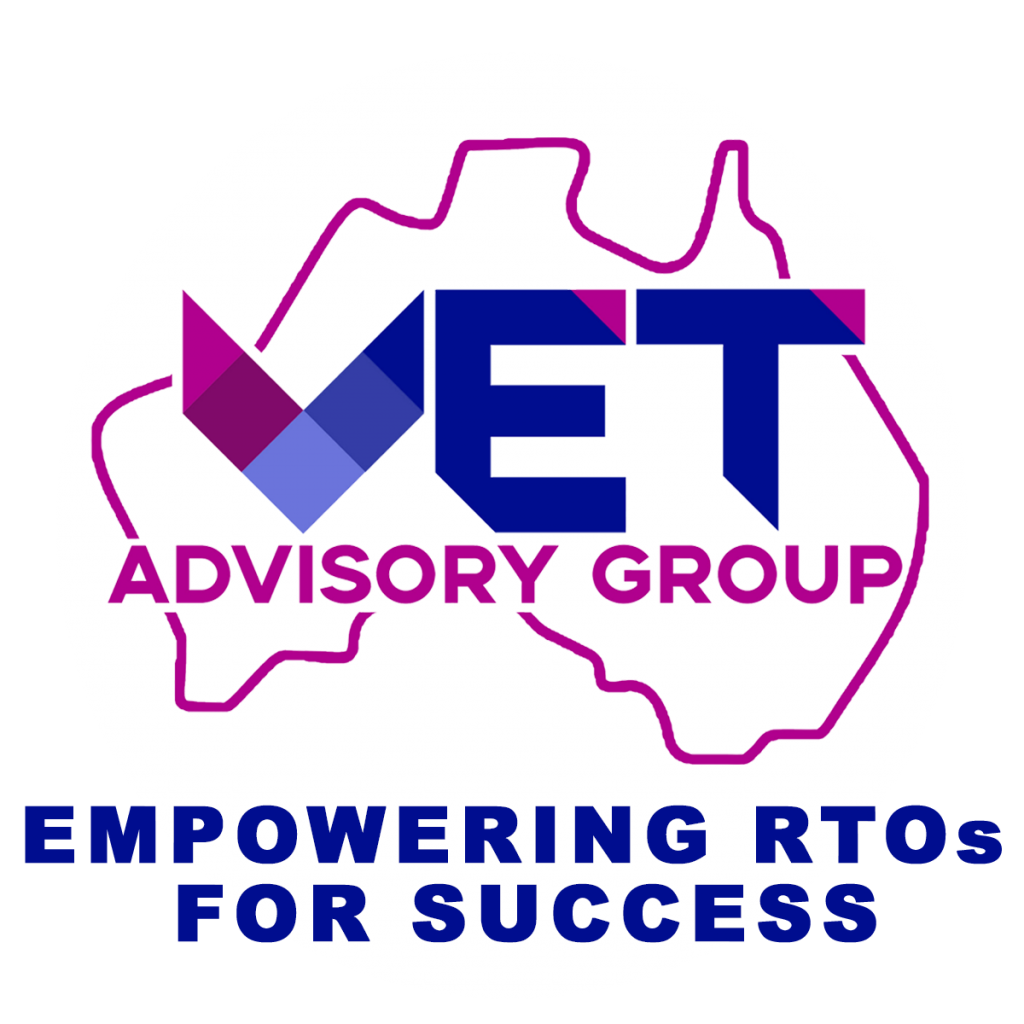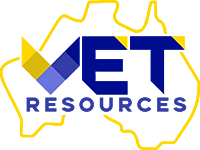
Assessments are very important for training providers and students. But how do training providers like RTOs be sure their assessments complement the learning outcomes? It is possible through assessment mapping. From our experience in the VET sector, it is evident to us that assessment mapping highlights if the training package requirements are met and it also boosts the delivery and assessment of training products.
This blog will help you learn and understand:
- What is assessment mapping?
- Why RTOs need assessment mapping?
- How to do assessment mapping?
- Assessment mapping template
- How to use assessment mapping in an online assessment
What is Assessment Mapping?
Assessment Mapping is the process of mapping assessment tasks and activities with the learning outcomes of a unit of competency. Assessment mapping ensures that the assessment is fully capable of collecting evidence across the entire unit.
Assessments are mapped against
- Elements and performance criteria
- Performance and knowledge evidence requirements
- Foundation Skills
Does ASQA mandate assessment mapping?
While the Australian Skills Quality Authority (ASQA) does not explicitly mandate assessment mapping for registered training organisations (RTOs), the requirement to “demonstrate the validity of their assessment tools” necessitates its crucial role in the process.
Why RTOs need assessment mapping?
For RTOs assessment mapping unlocks valuable insights into student performance and program effectiveness, ensuring compliance while continuously optimising the learning journey. Let’s look at the reasons why RTOs need assessment reasons:
- Assessment mapping helps guarantee that your assessments accurately measure the learning outcomes outlined in your units and qualifications. This means you’re assessing what you’re supposed to be assessing, leading to more valid and reliable results.
- Auditors love assessment mapping! It provides a clear and organised way to show them how your assessments align with unit requirements and regulatory standards. This saves you time and stress during audits, as you can easily demonstrate compliance.
- By mapping assessments to learning outcomes, you can quickly pinpoint areas where learners are struggling. This allows you to provide targeted feedback and support to help them improve.
- Assessment Mapping helps you identify any unnecessary redundancy or gaps in your assessments. This means you can streamline your assessment process, saving time and resources for both you and your learners.
- Effective assessment mapping leads to more accurate and reliable assessments, which in turn leads to better learning outcomes for your students. This can ultimately improve the quality of your entire RTO program.
- Assessment mapping helps you to develop more effective assessments with targeted focus, variety and balance and reduced redundancy.
- Assessment mapping improves clarifies roles and responsibilities for assessment development, revision, and feedback, promoting accountability and shared ownership of program quality.
- Assessment mapping data helps identify trends and patterns in student performance, enabling data-driven decision-making about curriculum adjustments, resource allocation, and teaching strategies.
Here is a table summarising the benefits of assessment mapping
| Benefit | Explanation |
| Valid and Reliable Assessments | Ensures assessments accurately measure learning outcomes, leading to trustworthy results. |
| Simplified Compliance Demonstrations | Provides clear evidence for auditors, showing alignment with unit requirements and regulations. |
| Identifying Learner Knowledge Gaps | Pinpoints areas of struggle, allowing for targeted feedback and support to improve learning. |
| Streamlined Assessment Process | Identifies redundant or missing assessments, optimising time and resources. |
| Improved Program Quality | Leads to more accurate assessments, ultimately enhancing student learning and program effectiveness. |
| Developing Effective Assessments | Promotes targeted focus, variety, and balance, reducing redundancy and creating relevant tasks. |
| Improved Communication and Collaboration | Clarifies roles and responsibilities for assessment development, fostering accountability and program ownership. |
| Data-Driven Decision Making | Provides insights into student performance, enabling data-driven adjustments to curriculum, resources, and teaching strategies. |
Assessment Mapping Template




